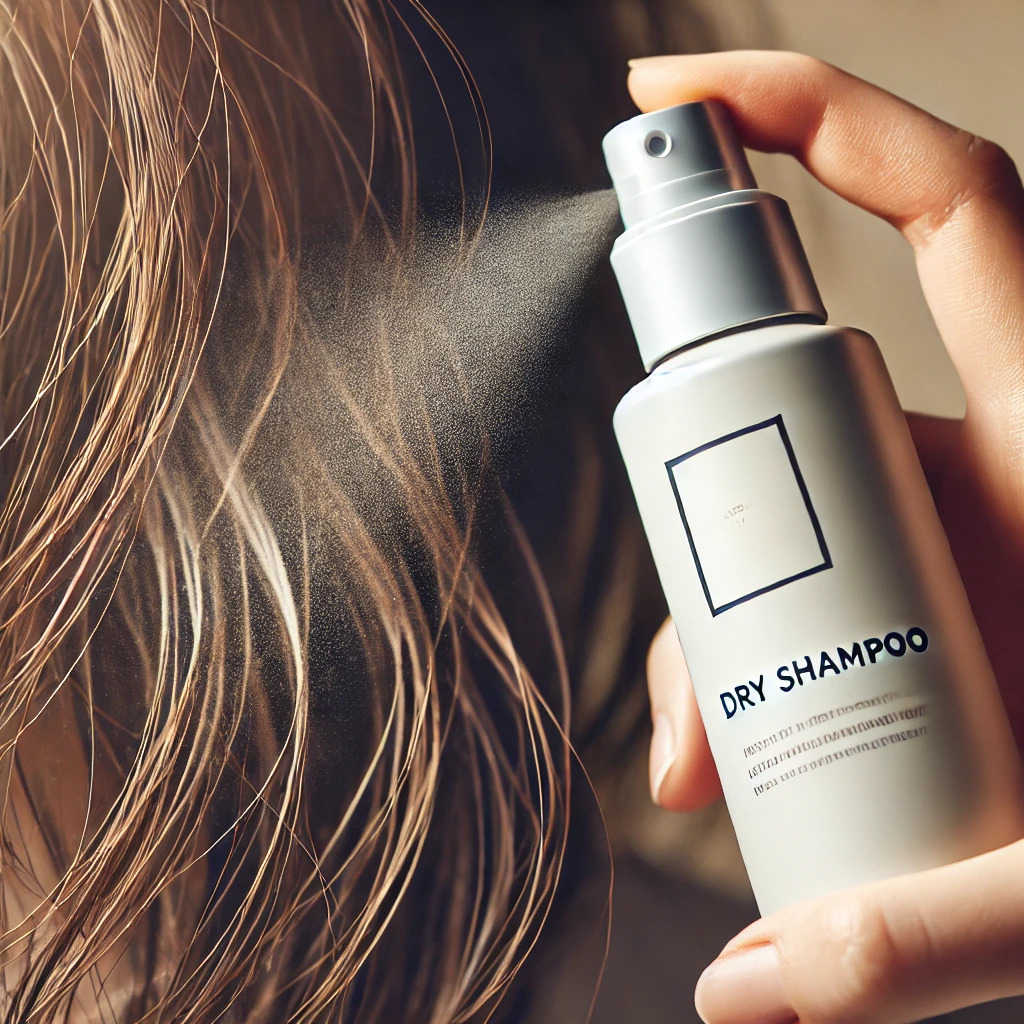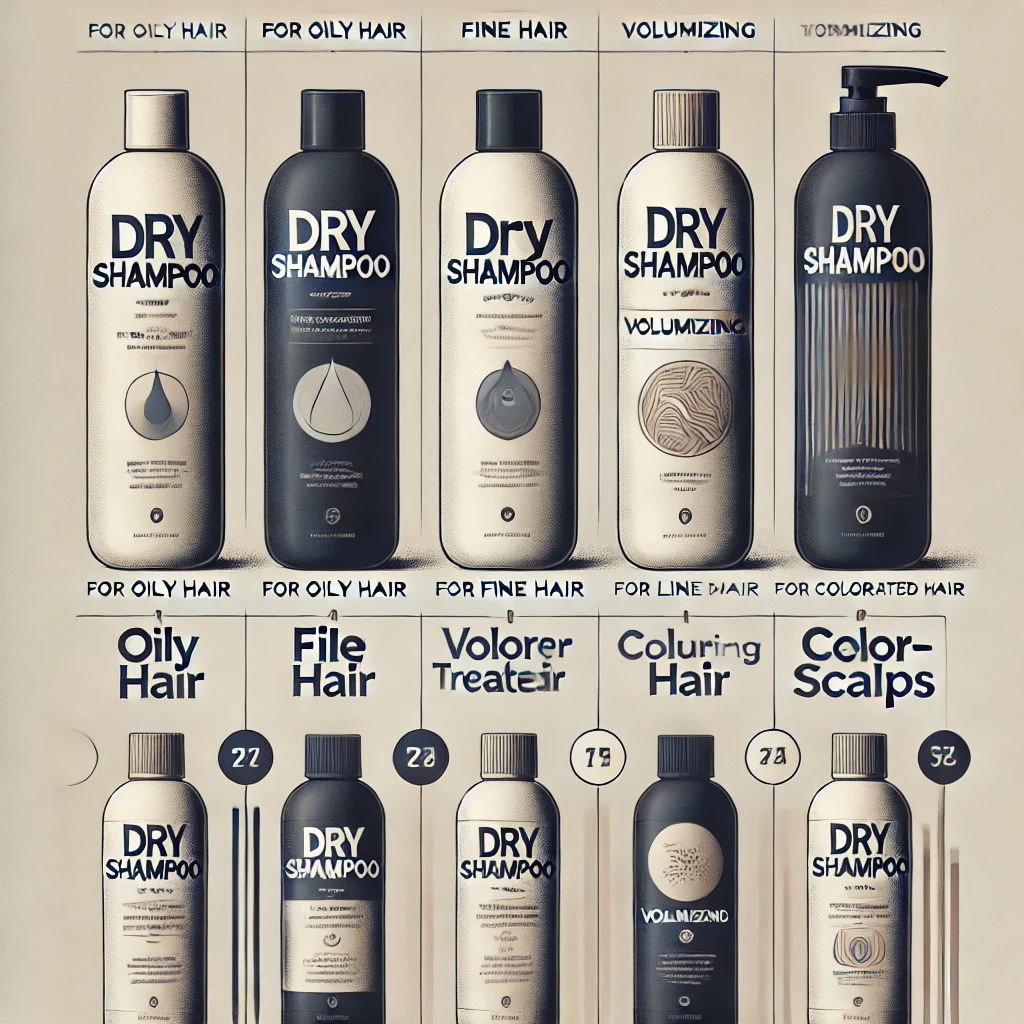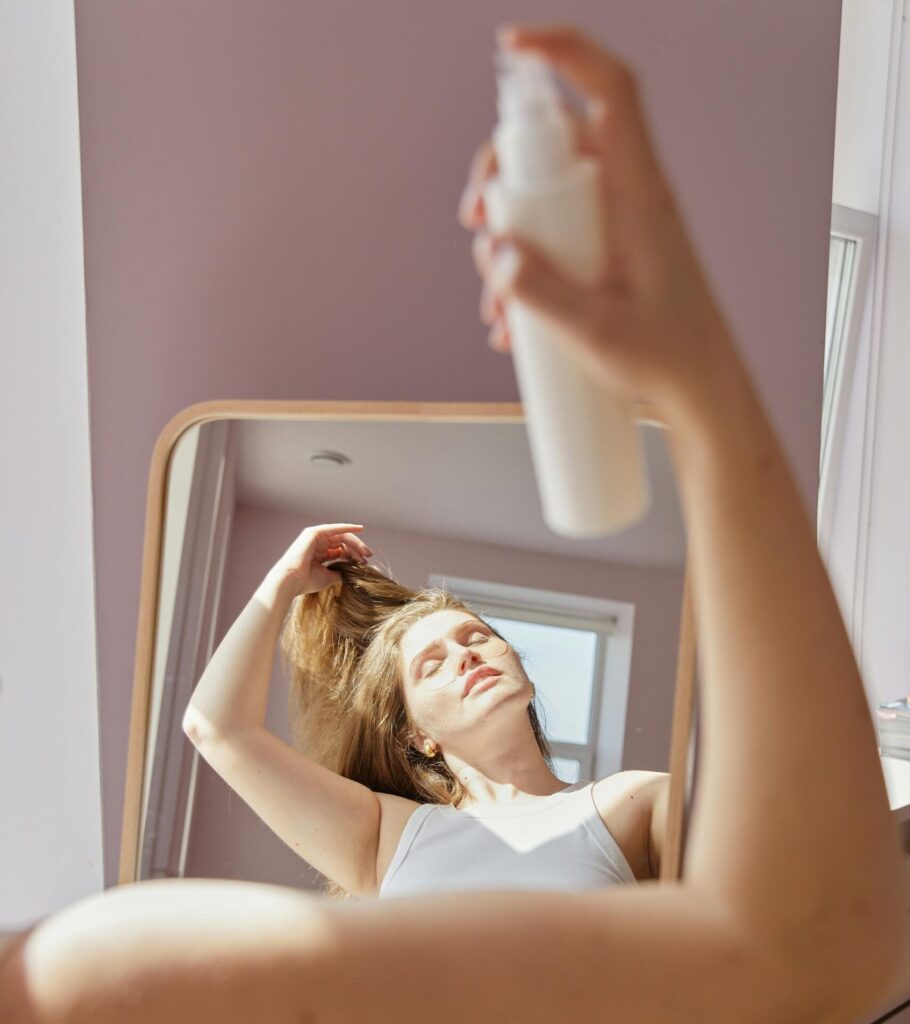Dealing with oily hair can feel like an endless cycle of frustration. You wash your hair in the morning, only to find it looking greasy and flat by evening. For many, the need to wash hair daily becomes exhausting, not to mention time-consuming. If this sounds familiar, you might be searching for a quick, effective solution to keep your locks looking fresh without constant washing. This is where dry shampoo comes in—a game-changer for busy lifestyles, hectic mornings, and last-minute plans. By absorbing excess oil and refreshing your roots, dry shampoo offers a convenient fix for those struggling with oily hair. But does it truly work? Many wonder, “Will dry shampoo help oily hair?” Let dives deep into the topic, covering the benefits, proper usage, potential drawbacks, and expert tips to help you decide if it’s the right solution for your hair care routine.
Why Does Hair Get Oily?
Oily hair is a common concern for many, but understanding its root cause is the first step to managing it effectively. The scalp naturally produces sebum, an oily substance secreted by sebaceous glands. Sebum is essential for keeping your hair moisturized and protected, but when produced in excess, it can leave your hair looking greasy and unmanageable. Overactive sebaceous glands are a primary culprit, often influenced by genetics, hormonal changes, or lifestyle factors. External elements, such as humid weather, pollution, and the overuse of styling products, can also contribute to buildup, exacerbating the oily appearance.
Signs of oily hair include flat, lifeless roots, a greasy texture shortly after washing, and the frequent need to shampoo—often daily or every other day. This cycle of constant washing can sometimes worsen the problem by triggering the scalp to produce even more oil to compensate for dryness. As a result, many are turning to alternatives like dry shampoo to manage oiliness without over-washing. By absorbing excess oil and refreshing the scalp, dry shampoo offers a practical, time-saving solution for those struggling with oily hair. It’s a modern answer to an age-old problem, making it a popular choice in today’s busy lifestyles.

What is Dry Shampoo and How Does It Work?
Dry shampoo is a waterless hair care product designed to refresh your hair and scalp between washes. Its primary purpose is to absorb excess oil, or sebum, that accumulates at the roots, giving your hair a cleaner, fresher appearance without the need for water. For those with oily hair, dry shampoo offers a convenient, time-saving solution that can help reduce the frequency of traditional shampooing. The effectiveness of dry shampoo lies in its ingredients, such as starches, clays, or alcohol-based compounds. These ingredients work by binding to the oil and grease on your scalp, soaking it up and leaving your hair looking less shiny and more voluminous. Many formulas also add a touch of fragrance to mask odors, further enhancing the refreshed feel. If you’re asking, “Will dry shampoo help oily hair?” understanding how it works is key. While it doesn’t stop your scalp from producing oil, it effectively manages the visible effects of oiliness, offering a temporary fix that’s perfect for busy schedules, post-workout touch-ups, or travel. Dry shampoo has become a staple for anyone looking to maintain fresh-looking hair without the hassle of daily washing.
Benefits of Dry Shampoo for Oily Hair
Dry shampoo offers a range of benefits for those dealing with oily hair, making it a must-have solution in many hair care routines.
1. Immediate Oil Absorption
Dry shampoo is designed to target and absorb excess sebum, instantly refreshing greasy roots without the need for water. This makes it a quick and easy fix for those moments when your hair starts to look oily but you don’t have time for a full wash.
2. Extends Time Between Washes
Over-washing your hair can strip the scalp of its natural oils, causing it to produce even more oil as a response. By using dry shampoo to stretch the time between washes, you can reduce this cycle and give your scalp a chance to regulate its oil production.
3. Convenient for Busy Lifestyles
Whether you’re traveling, running late for work, or needing a post-workout refresh, dry shampoo provides a hassle-free way to keep your hair looking clean and voluminous. It’s especially handy for those who want to maintain their hairstyles for longer periods.
4. Helps Maintain Scalp Health
Excessive shampooing can dry out the scalp, leading to irritation or dandruff. Dry shampoo prevents the need for daily washing, helping to maintain a healthier balance of natural oils on the scalp while still managing oil buildup effectively.

How to Use Dry Shampoo Properly
Using dry shampoo effectively can make all the difference in managing oily hair. Follow these steps to get the best results:
1. Shake the Product Well
Before applying, shake the dry shampoo thoroughly to mix its ingredients. This ensures even application and optimal oil absorption.
2. Apply to Dry Hair, Focusing on the Roots
Dry shampoo works best on dry hair. Lift sections of your hair and spray or apply the product directly to the roots, where oil buildup is most noticeable.
3. Hold 6-8 Inches Away from the Scalp
Maintain this distance to avoid applying too much product in one spot, which can lead to uneven distribution and visible residue.
4. Let It Sit for a Few Minutes
Allow the product to sit and absorb excess oil for 2-5 minutes. This step is crucial for achieving a refreshed look.
5. Brush or Massage Through Hair
Gently brush or use your fingers to massage the dry shampoo into your hair, blending it and removing any excess powder.
Tips for Best Results
Use Sparingly: Start with a small amount and add more if needed. Overuse can cause buildup.
Avoid Applying Too Close: Spraying too close to the scalp can leave visible residue and clog hair follicles.
Adjust for Hair Type: If you have very oily hair, consider reapplying a small amount during the day. For finer hair, use less product to avoid weighing it down.
By following these steps and tips, you can maximize the effectiveness of dry shampoo and keep your hair looking fresh and voluminous.

Potential Drawbacks of Dry Shampoo
While dry shampoo can be a lifesaver for managing oily hair, it’s important to understand its limitations and potential downsides.
Temporary Fix
Dry shampoo is a quick, convenient solution, but it’s not a substitute for regular washing. It helps absorb excess oil and refresh the scalp temporarily but doesn’t actually cleanse the hair. Over time, the buildup of oil, sweat, and other impurities can accumulate, making regular washing essential to maintain scalp and hair health.
Build-Up Concerns
Frequent use of dry shampoo can lead to residue on both the scalp and hair strands. This buildup may weigh down your hair, make it look dull, and even clog hair follicles, potentially hindering healthy hair growth. To prevent this, incorporate regular washes into your routine and use a clarifying shampoo occasionally to remove any product or oil buildup.
Scalp Sensitivity
Some individuals may experience irritation, dryness, or itching from certain dry shampoo formulas, particularly those containing alcohol or strong fragrances. If this happens, it’s best to reduce usage or switch to a gentler option.
Understanding these potential drawbacks can help you use dry shampoo responsibly and effectively as part of a balanced hair care routine. By combining it with proper cleansing and scalp care, you can enjoy its benefits without compromising the health of your hair and scalp.
Conclusion
In summary, dry shampoo can be a helpful tool for managing oily hair. By absorbing excess oil and instantly refreshing your roots, it provides a quick and convenient fix for busy days, travel, or in-between washes. However, it’s important to remember that dry shampoo is a temporary solution, not a replacement for regular washing. Proper cleansing is essential to maintain a healthy scalp and hair. Using dry shampoo responsibly, in moderation, and with the right techniques can prevent issues like buildup or scalp irritation. Incorporate it as part of a balanced hair care routine to enjoy its benefits without compromising the health of your hair.
Have you tried using dry shampoo for oily hair? Share your experiences or tips in the comments—we’d love to hear your thoughts!

